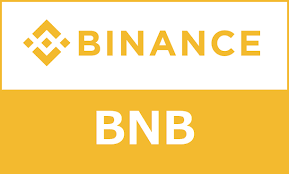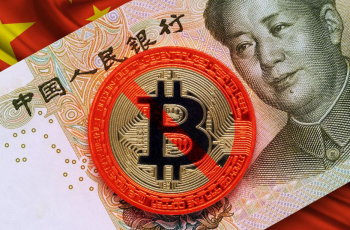A complementary currency is a currency that is not national but has permission to be used in certain circumstances in a country. A complementary currency is not intended to be the main means of exchange in an economy; instead, it’s established by private citizens, advocacy organizations, or public regulatory bodies with the goal of establishing parallel markets for particular products and services or within a certain geographical area.
Complementary currencies are designed to improve the economy or achieve a specific social, environmental, political goal.
Complementary currencies are designed to supplement, not replace, a nation’s domestic currency. Although there are several distinct advantages to using a complementary currency over a national one – including the fact that they may be more stable and less prone to inflation – most complementary currencies have social goals that are limited in scope.
The BerkShares are one example of a complementary currency. BerkShares are a local currency that can only be spent in the Berkshire region of Massachusetts and was created as an experiment by a non-profit organization to promote local spending and investment. Over 400 businesses now accept BerkTokens, which is another name for BerkShares, as a means of payment.
BerkShares are often referred to as a community currency, which is a sub-category of complementary currencies. Community currencies are complementary currencies that are designed to help local economies by promoting regional development and other big ambitions such as reducing the carbon impact of transporting goods across the nation or around the world.
Other examples of complementary currency include carbon markets. The European government, for example, issues carbon credits that companies purchase in order to emit carbon legally. A market has grown up around the selling of excess credits between industries, and these carbon Credits have become a kind of complementary currency. Regulators work to set the price so that it encourages companies to reduce their emissions in line with government targets.
In some cases, complementary currencies might be time or skills based, essentially formalizing a barter system or directing community efforts to areas of critical need. The Fureai Kippu system is a type of complementary currency that originated in Japan. “Fureai Kippu” can be roughly translated as “ticket for a caring relationship.” Participants earn an electronic currency for each hour they volunteer to assist an older person. Credit is kept in an online clearinghouse and may be recouped when the user is unable to care for himself (or passed on to another who needs it).
The Fureai Kippu system was established in 1995 as a means of coping with Japan’s aging demographic. The system now includes hundreds of members, and the credits are accepted by several organizations across Asia where there is an aging population.
Although the terms complementary currency and alternative currency are often used interchangeably, Bitcoin likely does not meet the criteria for both of these terms. Although Bitcoin can be exchanged for national currencies, its value is not directly affected by government policy decisions. Its features enable Bitcoin to function in markets outside the control of government authorities; however this has made it an excellent alternative currency, but its status as a complementary currency is questionable.
Bitcoin allows for anonymous online transactions, which has facilitated illegal marketplaces, such as Silk Road. This website allowed users to buy and sell drugs and other substances anonymously. Bitcoin has also been linked to financing child pornography and journalistic freedom.
Bitcoin’s lack of unifying goals, other than to be a currency not influenced by central banks, has led to it losing its label as an alternative currency. In the past, even if Bitcoin was part of a larger ideological goal, that attachment has lessened due to its real-world use benefitting many different agendas.
However, these discussions about crypto’s wider applications have provided a leg up for central bank digital currencies (CBDCs) in the future.



